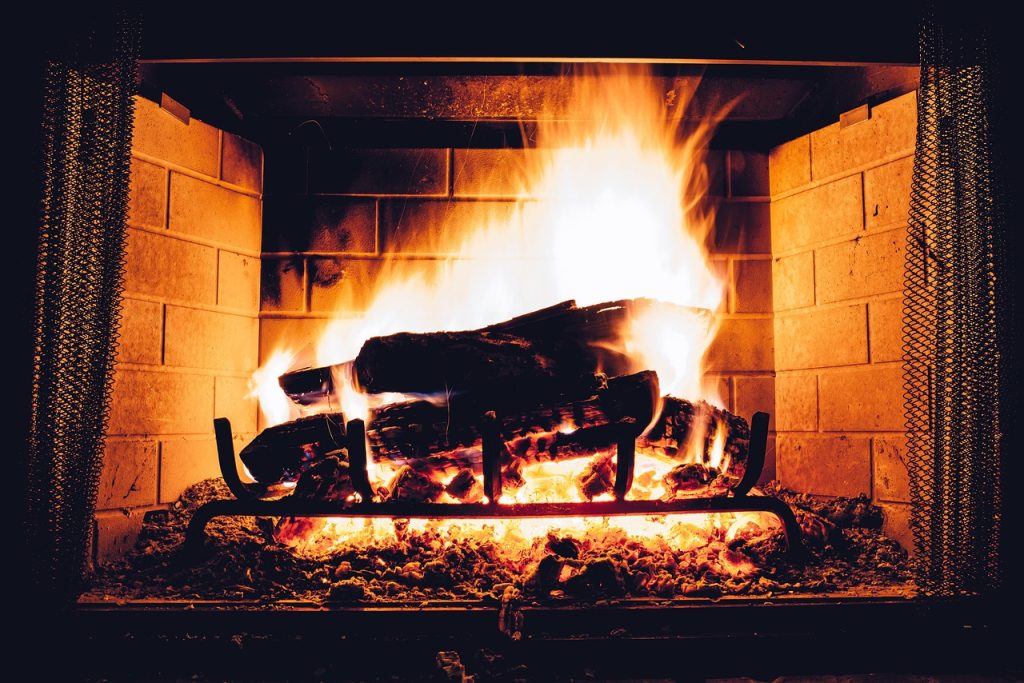Heating and cooling play a vital role in creating a comfortable living environment, especially when you’re off the grid. According to the Energy Information Administration (EIA), 70% of overall American household energy usage is dedicated to heating and cooling. This makes it a crucial factor to consider when planning the size and cost of your off-grid power system. Unlike grid power, which offers virtually unlimited wattage, off-grid systems have limited capacity, requiring careful planning. As you embark on building or buying an off-grid home, it’s essential to understand the unique challenges associated with heating and cooling.
Optimizing Efficiency
To minimize energy consumption, it’s important to focus on optimizing the efficiency of your home. Good insulation is a basic starting point, but if you’re starting a new build, consider designing for optimal efficiency from the beginning, incorporating passive solar design principles. By optimizing your home’s design, you can reduce the need for excessive heating and cooling. Construction techniques that manage solar gain, heat retention, and ventilation will help regulate the indoor temperature naturally.

Cooling in Hot Climates
In hot climates such as the desert southwest, mitigating solar gain is essential to keep the interior spaces relatively cool. Strategies to achieve this include installing awnings or planting trees to provide shade on your walls and roof, reducing the amount of heat from the sun entering your home, especially on the southwest side. Additionally, using blinds, blackout curtains, or reflective window coatings (even aluminum foil or reflectix) can minimize heat gain or reflect it back outside.
Emphasize nighttime cooling by maximizing cross-ventilation—open windows to allow hot air to exit and be replaced by cooler air. By cooling your home effectively overnight, you can reduce the retained heat and prevent even greater heat rise during the day. Consider utilizing a whole-house fan, which, although momentarily energy-intensive, can provide rapid cooling in the evenings.

Heating Solutions for the Long Term
When it comes to heating off-grid homes without relying on electricity, you’ll need to rely on stored fuel. Some options include propane, coal, heating oil, firewood, and wood pellets. Firewood often has the advantage of being readily available in many regions, though less common in Cochise County, whereas other more concentrated fuels must be transported. If you have access to a coal or gas-producing area, these can be attractive options as well. Propane seems to be the most common heating fuel in our area.
Additional Cooling Strategies
Off-grid living often requires minimizing energy-intensive appliances like air conditioning unless you have a massive solar power system or heavy generator usage. However, you can implement various strategies to mitigate high temperatures. Before the advent of indoor air conditioning in the 1950s, people relied on passive cooling, ventilation, and adaptation.
In addition to the aforementioned shading techniques, you can take advantage of nighttime temperatures by cooling your home as much as possible during the night. Maximize cross-ventilation by opening windows, allowing hot air to exit and cold air to enter. This process reduces retained heat and prevents further temperature rise the following day. If available, a whole-house fan can aid in rapid evening cooling, albeit momentarily consuming more energy.

Another option is a swamp cooler or evaporative cooler. Like A/Cs they can be installed for the whole home or for individual rooms. You can even find small movable units. Swamp coolers do not use a lot of electricity as they are simply a fan blowing air through a wet surface. Normally there is a reservoir with a pump which keeps water flowing over a filter for the air to blow through. A downside of evaporative coolers is that they only work when the air is dry. Luckily the only time we have to worry about this in Cochise County is during monsoon, but the monsoon storms typically drop the temperature as they raise the humidity.
Keep in mind that hot air rises and additional heat is transmitted through attics. Therefore, downstairs and basement areas tend to remain substantially cooler than upstairs and aboveground living spaces. To further minimize indoor heat, opt for no-cook meals or cook outdoors on a grill.
If all else fails and outdoor temperatures are not excessively high, it may be preferable to embrace the heat and maximize ventilation regardless of the temperature. Fresh 90-degree air from outside can be preferable to stagnant, gradually warming indoor air.
By implementing these heating and cooling strategies, you can effectively manage the temperature of your off-grid home in Cochise County. Remember, careful planning and efficiency optimization are key to a comfortable and sustainable off-grid living experience.

